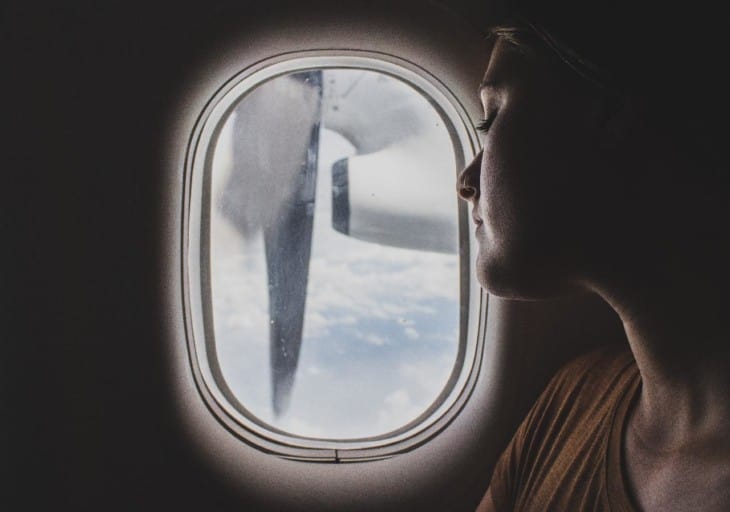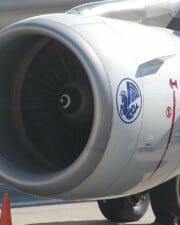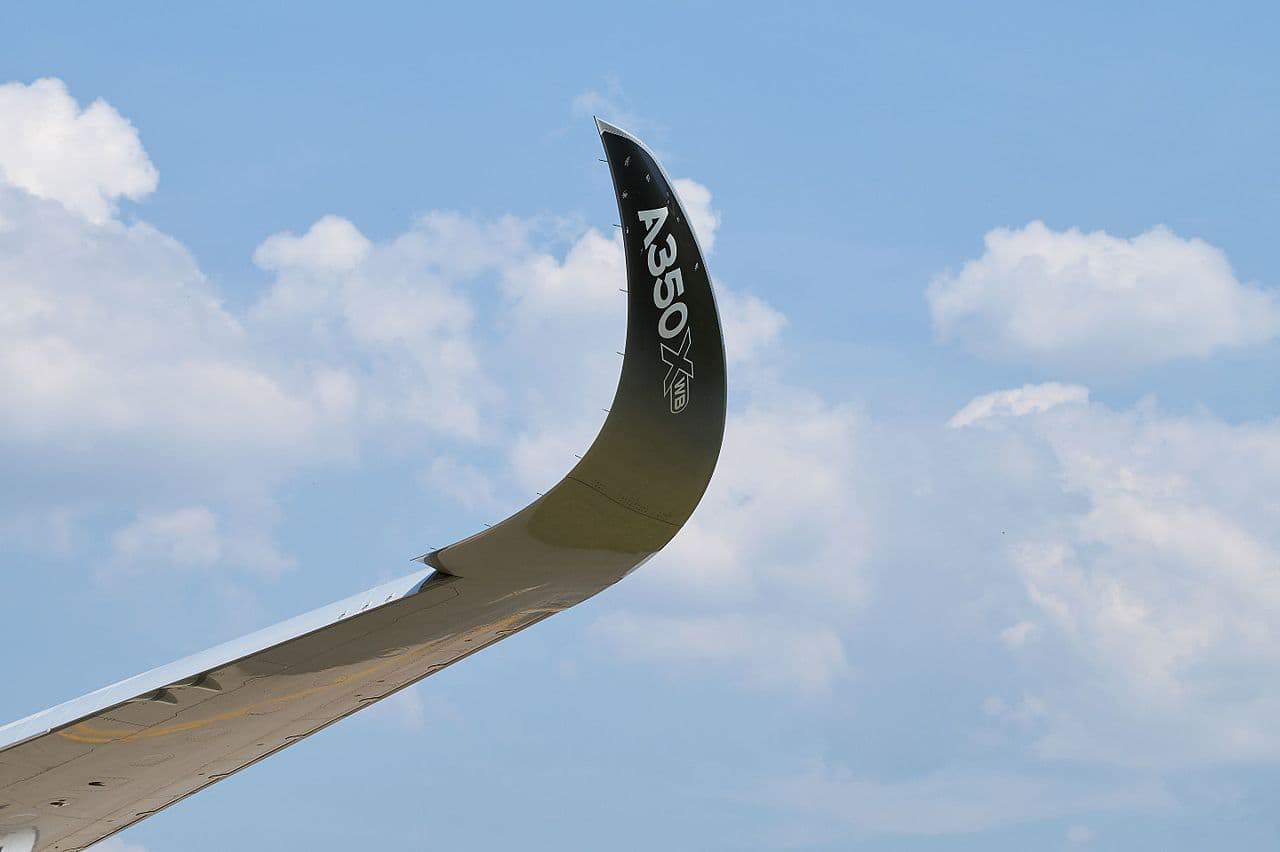We are so used to many of the conventions of modern airplanes that we often don’t give them a second thought. That said, the moment someone stops to ask you “why do airplanes have round windows instead of square ones?” you start to wonder why you didn’t wonder that yourself.
Table of Contents
In retrospect, it seems like such an obvious question to ask. Most of the other major structures in our lives have square windows, so why not airplanes? The answer has to do with engineering and the forces exerted upon planes in midair.
So, what’s so bad about square windows, and why have we used round ones ever since?
A Ton of Pressure
One of the most important things to realize right at the start is that airplanes are under a ton of pressure. While you probably already know that, you may not know just how much it is or how it can affect the plane.
Airplanes typically have a great deal of PSI. There is constant pressure placed upon every inch of the aircraft. This means that every aspect of the aircraft needs to be sustained against the forces which are going to act upon it once in the air.
So, what does all of this have to do with the shape of the windows?
The Mistakes of the 1950s
As with so many instances in life, the roots of why airplanes have round rather than square windows can be traced to the 1950s and, more specifically, mistakes and shortcomings made in airplane design during the decade.
At first glance, it may be hard to believe that you could find much to hate about the 1950s.
It’s the decade that gave us Mickey Mantle, Marilyn Monroe, The Catcher in the Rye, and black and white TV from coast to coast.
It’s also the decade that brought us the first taste of even remotely affordable commercial plane travel. While jet travel would kick things into high gear in the 60s and 70s, the 50s got the plane travel industry as we know it started.
But as with the decade itself, dig past the surface and you find a whole lot wrong with the 1950s and air travel.
Back in the 1950s, square windows on airplanes were as popular as hula hoops – well, maybe not that popular, but still in use.

Unfortunately, planes were also crashing to the ground as a result. There weren’t a ton of plane crashes due to the square windows, just three, including at least one involving a De Havilland Comet.
But they grabbed the attention of both the country as well as flight engineers, both of whom wondered the exact same thing – how square windows could possibly have contributed to the crashes in question.
Under Pressure
The answer to that question has to do with pressure, and specifically the amount and kind of pressure that builds up on airplane windows at 15,000 feet.
The fact of the matter is that these types of pressure are different than the type which is enacted on your windows at ground level. Your windows do not have nearly as much pressure acting upon them.
What’s more, even if you live in the windiest part of Hurricane Alley, your windows are still not subject to the kind of winds that can be visited upon windows at that altitude.
The fact is that where there are right angles in glass structures, there are potential weak points, and that is precisely what happened with the windows of the De Haviland Comets. The pressure built up at the corner, resulting in cracks and shattering.
The same happened with the other aircraft that suffered this fate.
This caused the windows on these aircraft to crack and be blown out, causing the aforementioned crashes and deaths during the 1950s.
Rounded Windows and Other Innovations
It was in response to this that airlines began to introduce innovations that would make air travel safer, starting with differently-shaped and constructed windows.
This is why you have round windows on an aircraft instead of square ones. The rounded shape combined with the lack of right angles allows for the windows to better distribute the pressure visited upon it, thus helping to prevent cracks from taking place.
Windows are also a lot more complex and multilayered than they used to be.
You might think that the window on your side of the cabin is the only thing keeping you from blowing out into the wild blue yonder, but you would be wrong. In fact, airplane windows feature both the passenger’s side and an exterior one.
These are both made up of several layers, adding multiple layers of protection to your windowing setup. In this way, there isn’t one simple square window pane standing between you and the external pressure building up on your window.
On the contrary, there are several layers, each designed to help keep you in and the weather out.
For example, there are ideally at least a couple of layers of insulation to help keep the wind and rain out.
There should also be a couple of layers of anti-fog and anti-ice systems. These are designed to help keep you further protected from the elements outside.
There are also several added features that your window likely has for comfort. For example, modern cabin side windows on airplanes often have electronic sensors that can help dim them to give you a nice shady tint to block out sunlight.
But above all, none of these windows are square. They are all designed with rounded edges, and that is for the same reason – to protect against structural weak points that might arise as a result of the pressure visited upon right angles.
That may not seem like much, but it makes a big difference in the overall integrity of the windows.
The next time you fly and look out the window, remember that you are looking out something that is several layers of stretched acrylic – all of which are neatly rounded and none of which are rectangular.
References ▾
Related Posts












